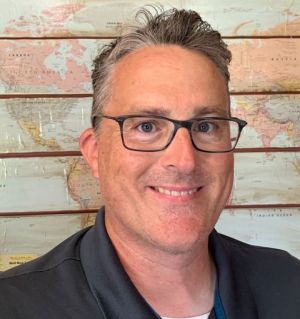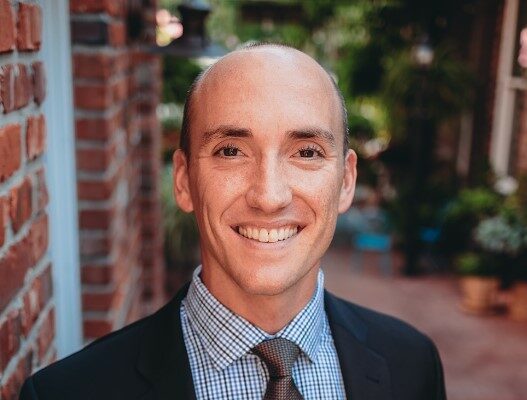
Dr. Daniel P. Johnson recently published the article, “Spatiotemporal Associations Between Social Vulnerability, Environmental Measurements, and COVID-19 in the Conterminous United States,” in the journal GeoHealth.
Summary
Coronavirus disease 2019 (COVID-19) affects different locations at different points in time and understanding its impact on communities is an imperative research effort. Communities that are considered socially vulnerable—less resilient to hazards—are disproportionately impacted by pandemics and other environmental stresses. In this study, we utilize a modeling approach that accounts for COVID-19 cases and deaths, social vulnerability, environmental measurements, and both space and time domains at the US county level from March 1 to December 31, 2020. Throughout much of the time period, cases and deaths clustered in different areas. Measurements of social vulnerability were higher in these long-term clusters. Examining short-term clusters on a monthly basis, COVID-19 cases and deaths focused heavily in socially vulnerable areas during the summer and autumn months, respectively. The individual social vulnerability variable of not having a high school diploma and non-White status were the most significant contributors to relative risk to both cases and deaths. Age 65 and over contributed significantly to deaths. Temperature, with an inverse relationship, had the strongest effect on risk among the environmental measurements. Social vulnerability measures were higher in areas where there was an increased risk of COVID-19 infection and death during the summer and autumn, respectively.
Daniel P. Johnson is an Associate Professor in the Department of Geography, IU School of Liberal Arts at IU Indianapolis

